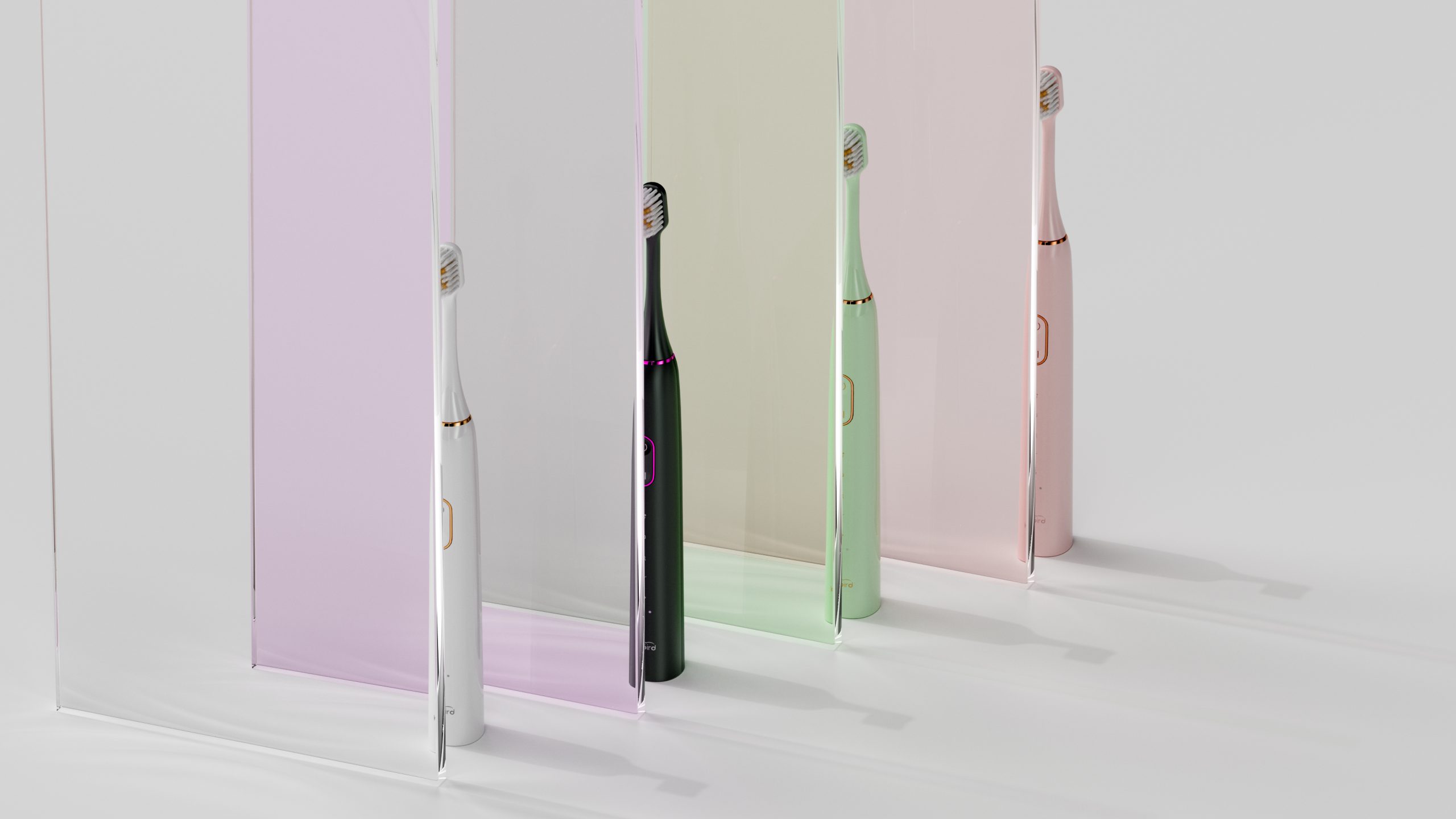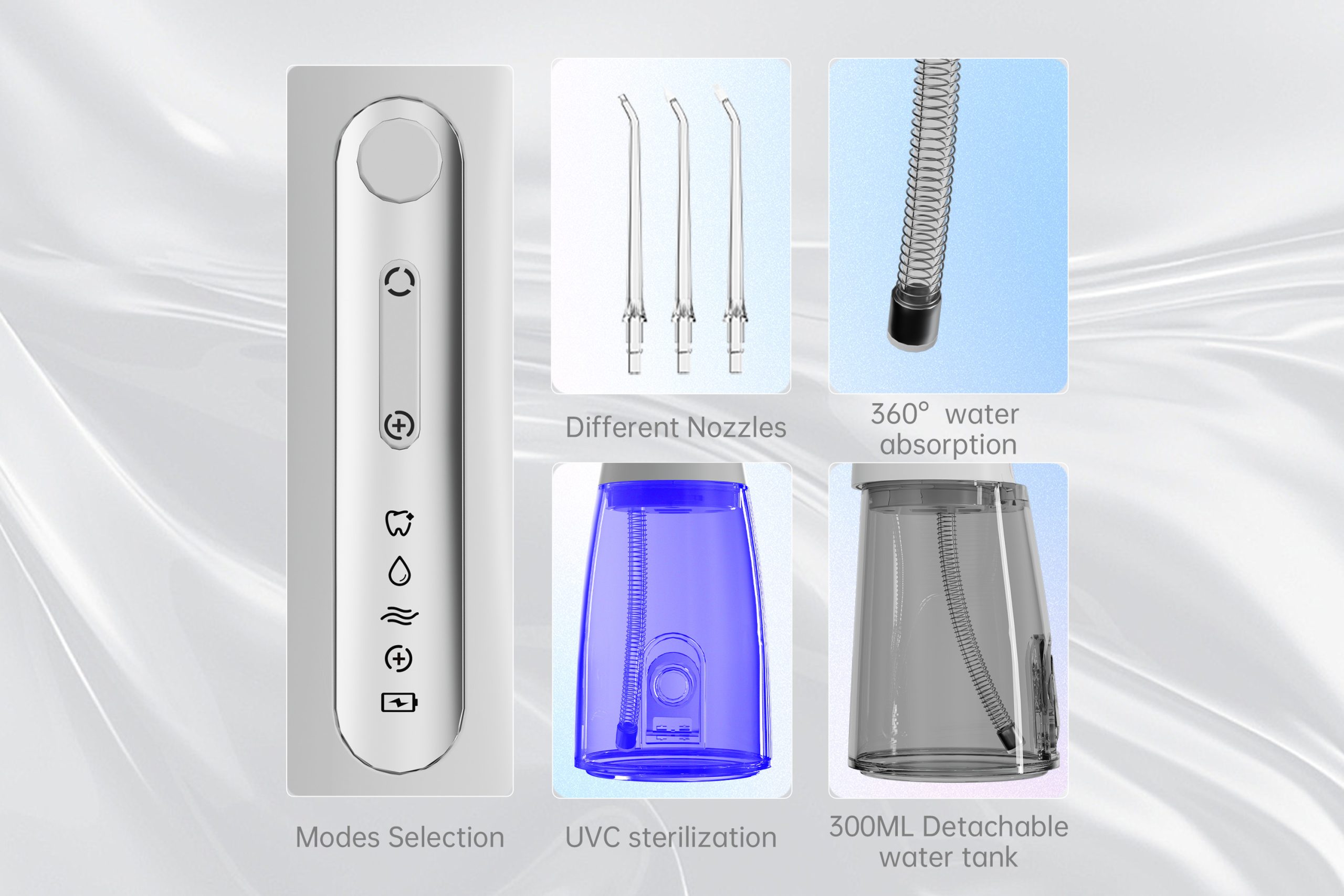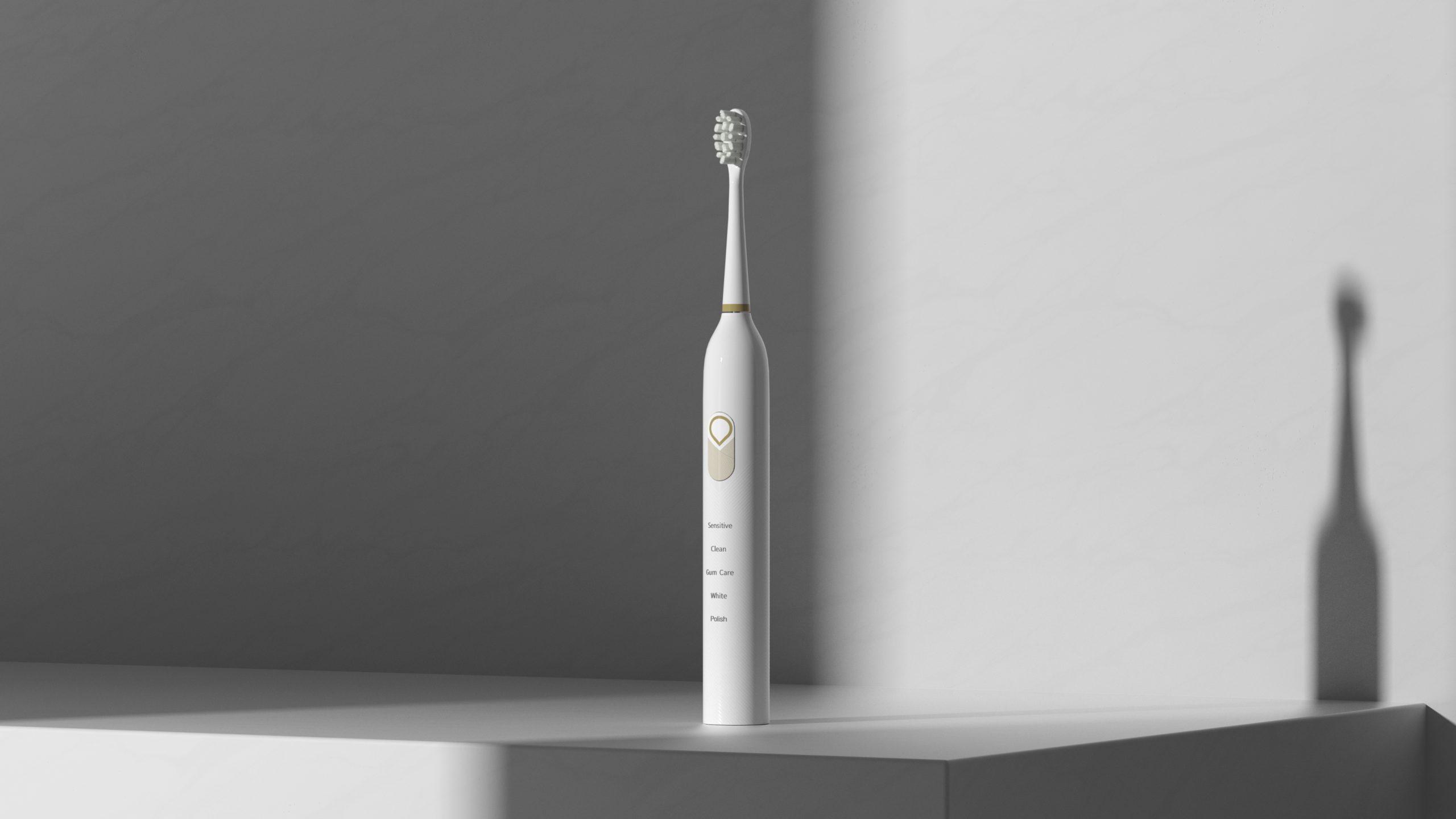In the realm of electric oral care devices and personal grooming tools, waterproof failure is more than a surface-level issue—it can directly result in circuit corrosion, often leading to total device failure. This hidden yet critical risk not only affects product durability but also damages brand credibility and increases after-sales costs. For OEM/ODM manufacturers, understanding how waterproof breaches evolve into irreversible electrical corrosion is vital for ensuring both product safety and long-term customer satisfaction.
A device’s waterproof design is meant to isolate sensitive internal components—particularly PCBAs, batteries, and motor drives—from moisture exposure. However, waterproof failure can stem from:
Even a minor leak over time can allow vapor or condensation to enter the device’s interior—setting the stage for circuit corrosion.
Circuit corrosion refers to the gradual oxidation and chemical degradation of PCB traces, solder joints, and metallic components due to moisture, ions, or pH imbalance. Common signs include:
Unlike mechanical wear, corrosion is progressive—meaning the device might still function temporarily but will inevitably fail. In many warranty cases, corrosion is the root cause even if users report other symptoms. Company web:https://www.powsmart.com/product/electric-toothbrush/
In actual QA analysis and post-return investigations, manufacturers often discover:
Without early detection, corrosion continues silently until the product is irrecoverable.

To prevent waterproof failure from leading to circuit corrosion, manufacturers must incorporate smart safeguards into the design:
Beyond this, aligning enclosure design with actual IP test certifications—and not just internal estimates—is crucial.
Even the best designs can fail in the field without proper validation. Manufacturers should implement:
These steps ensure that waterproofing is not just compliant, but resilient across global usage conditions.
Proactive waterproofing and anti-corrosion measures can be repositioned as competitive advantages. Brands can:
By doing so, you not only reduce failures—you strengthen your position as a reliable, premium manufacturer.
Yes—waterproof failure that leads to circuit corrosion is often fatal to the device. But more importantly, it’s preventable. For B2B manufacturers, solving this problem at the design, process, and quality control level means less product loss, fewer returns, and greater customer trust. In a saturated market where durability is a key differentiator, smart waterproofing isn’t just an expectation—it’s a survival strategy. Contact us
Nozzle Clogging Plus Tray Deformation – Design Flaw?

How Can Oral Care Product Brands Improve Customer Trust Through Content Marketing?
Best Electric Toothbrush for Coffee Drinkers Seattle

Home Teeth Whitening Device – A Must-Have Before a Date
Holi Family Gift Pack Electric Toothbrush Ahmedabad

What Are the Core Components of a Water Flosser? Specialized Manufacturers Explain Key Components and Material Selection

How to choose a qualified oral irrigator manufacturer?

Customizable Electric Toothbrushes: Meeting Diverse Consumer Needs

Key Points of Electric Toothbrush Precision Injection Molding: How to Avoid Shrinkage Marks and Flash?

Key Questions to Ask Before Communicating with Cordless water flosser supplier
.jpg)
Where to Repair Electric Toothbrushes in Downtown Chicago?
Water Splashing plus Handle Slippage – Design Flaw?

What Are Electric Toothbrushes Made of?
.jpg)
Is an Alaska portable charger necessary for an Alaska cold-resistant brush?

Is Blue Light Under 480nm Safe for Teeth Whitening Devices?

How Can Voice Electric Toothbrush with Multi-Language Prompts Open Up the Silver-Haired Market?
.jpg)
Florida Electric Toothbrush – Powsmart PTR-C8

electric toothbrush heads Ultra Soft

Electric toothbrush heads Charcoal Infused-Diamond

electric toothbrush heads Charcoal Infuse-Round

electric toothbrush heads Deep Clean

electric toothbrush heads Regular Clean

Customization Teeth Whitening Gel

Private Label Whitening Gel